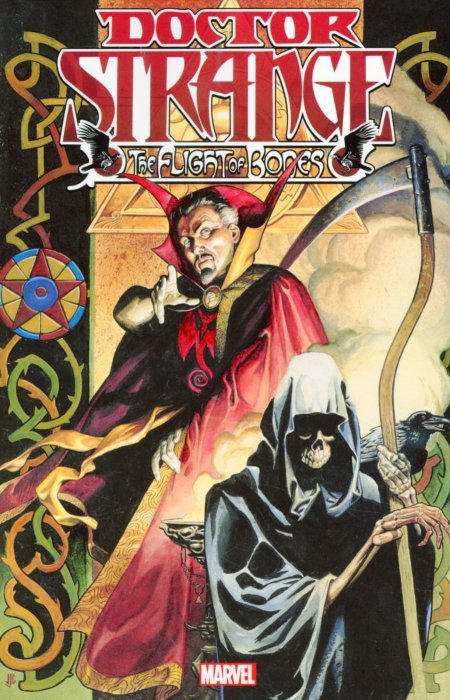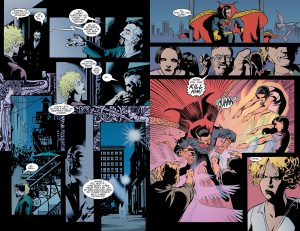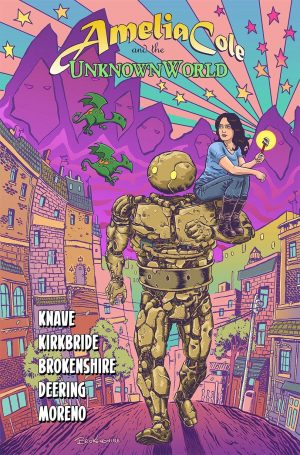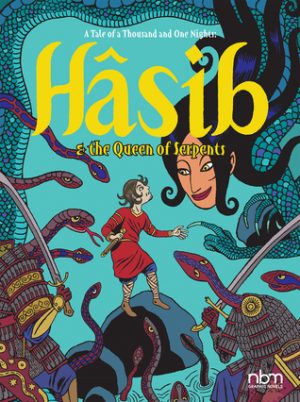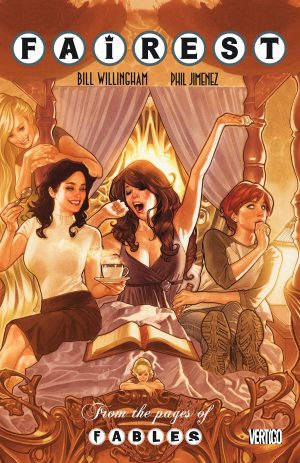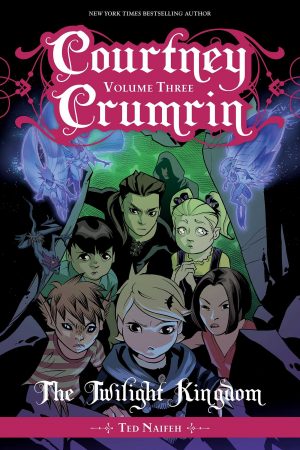Review by Ian Keogh
Before he became Master of the Mystic Arts, Doctor Stephen Strange was a surgeon, his medical career ended prematurely when an accident injured his hands rendering him unable to operate. It didn’t seem so at the time, but it was his salvation, adjusting his life to a variant path. Unfortunately, his hands have begun to shake again, and the resulting lack of control over small movements could have devastating effects when it comes to casting spells.
That’s one of several new ideas the plotting team of Tony Harris, Dan Jolley and Ray Snyder bring to Doctor Strange, some effective, others less so, such as the requirement of rhyming incantations for spells. They’re clever, presumably Jolley’s work as scripter, but serve to shift a relatively unique character closer to the standard spell caster. The narrative is split between Strange himself, and someone targeting him through others, and builds an effective suspense as he learns little by little, but his opponent remains supremely confident.
It seems unlikely that it was always intended that Harris draw the first two chapters and Paul Chadwick the remaining pair. Harris’ work is steeped in the past. Bystanders wear hats, the cars are old, and women have Veronica Lake style curls. It’s a confusing look as the story is set in the present day, but that’s not obvious to begin with over Harris’ extraordinarily decorative pages. Chadwick’s art has an elegant simplicity, but, possibly due to being commissioned at short notice, that simplicity lacks the ornate mood set by Harris. Either of them illustrating the entire story would have been welcome, but the split is an awkward mixture. Don’t let it put you off. The story sustains interest, is generally unpredictable and drops a good surprise ending the penultimate chapter setting up a nice finale, again unpredictable, but by this time Chadwick is having to rush some pages.
However, the title story only occupies half the book, and Marvel have filled the remainder with short stories from a highly regarded line-up of creators. Only the work of Michael T. Gilbert’s meditation on misdirection is in colour, but black and white suits the remaining artists just fine. Michael Golden’s story looks better than it reads, Jim Starlin surprises with his ending, and while Kieron Gillen in some early work at Marvel stretches his plot a little too far, the greytoned art of Frazer Irving is nice. Frank Brunner’s brief return to Doctor Strange will please fans from the 1970s, and Peter Milligan supplies him with a nicely twisted story, while one of Milligan’s former collaborators Ted McKeever supplies a superbly demented short tale. The fiction ends with Mike Carey’s short prose story with evocative illustrations from Marcos Martin before a selection of process pages and pin-ups. God knows what John McCrea’s recasting of Doctor Strange as Shaft has to do with anything, but it’s great, and there’s an interview with Harris explaining some of his ideas regarding the main story.
‘The Flight of Bones’ isn’t as good as it might have been with a single artist, but for art fans the additional material provides treats unlikely to be collected elsewhere.
